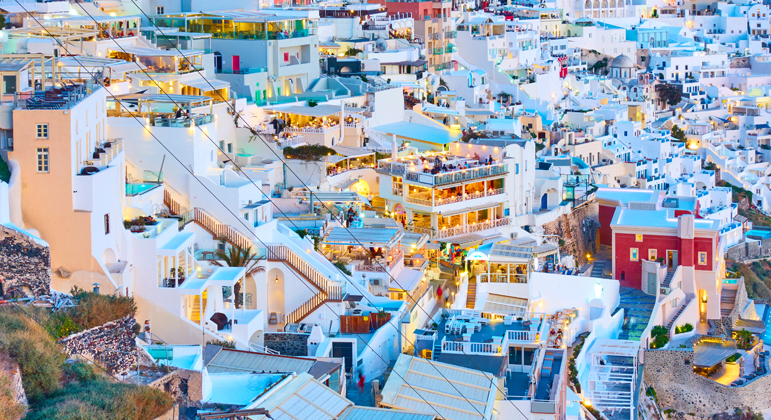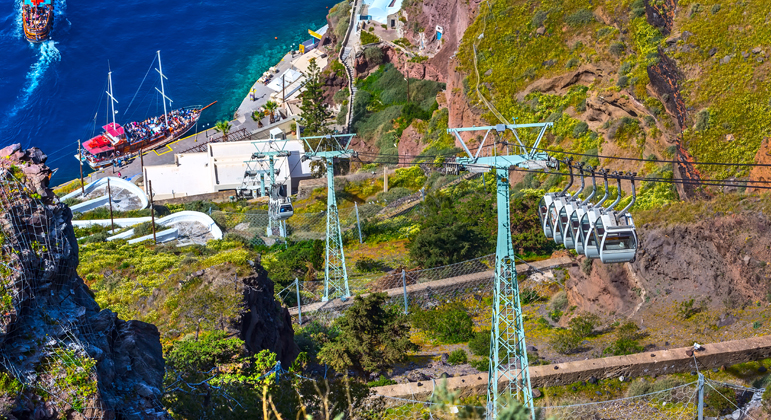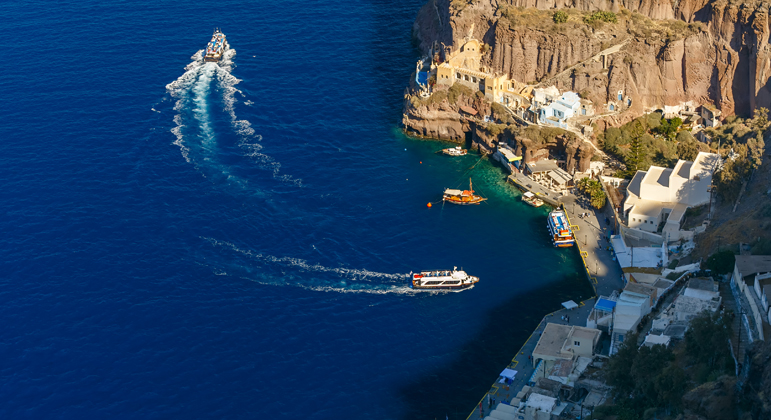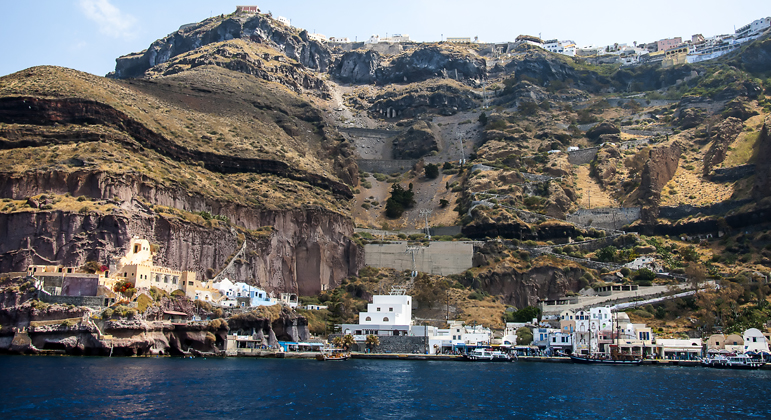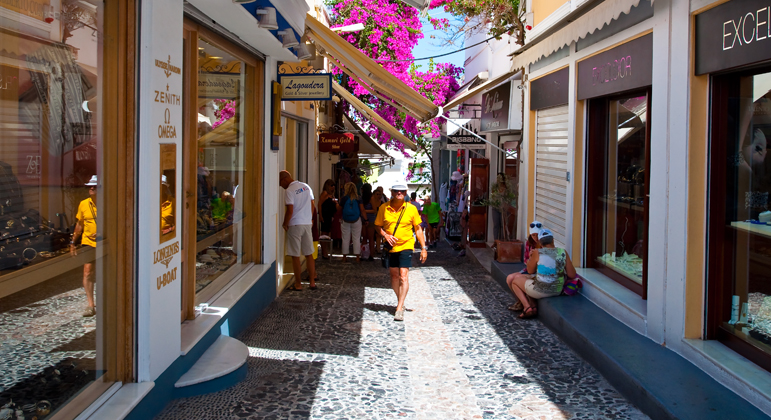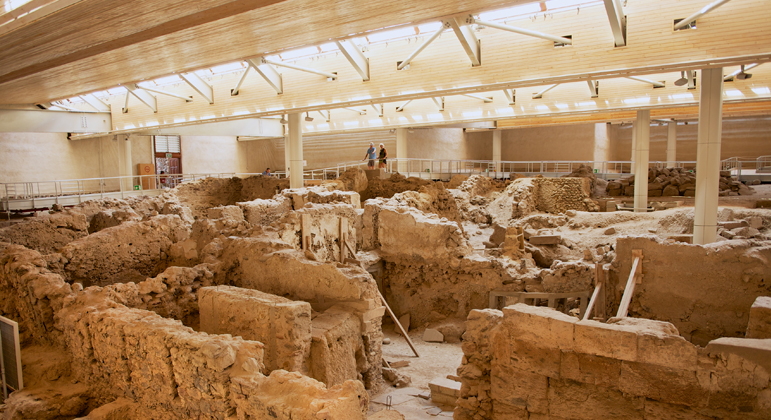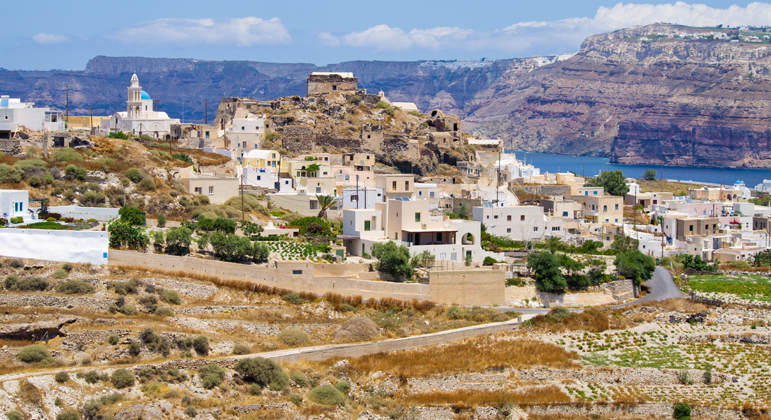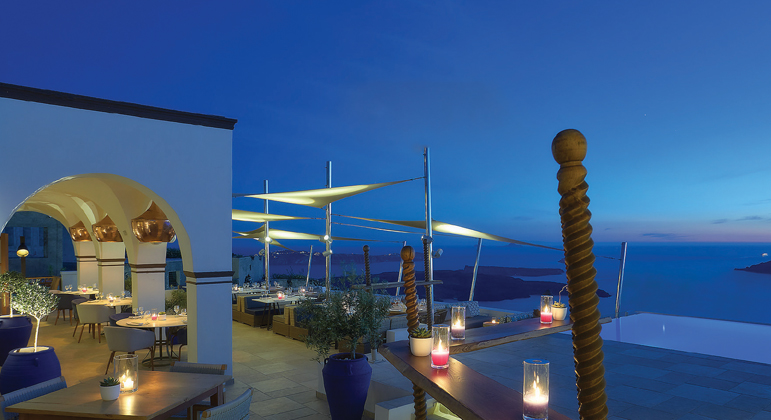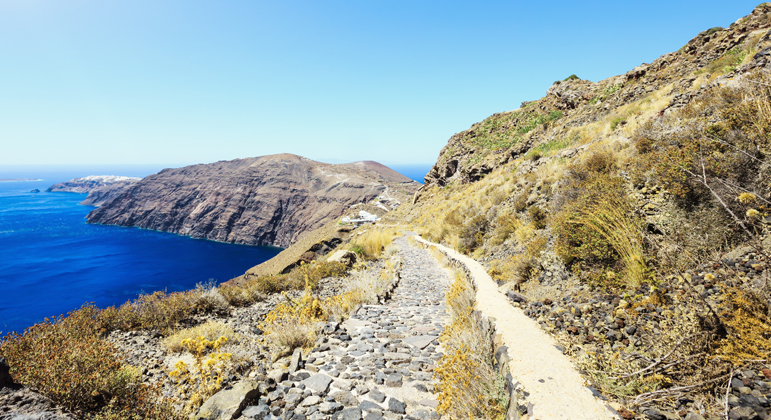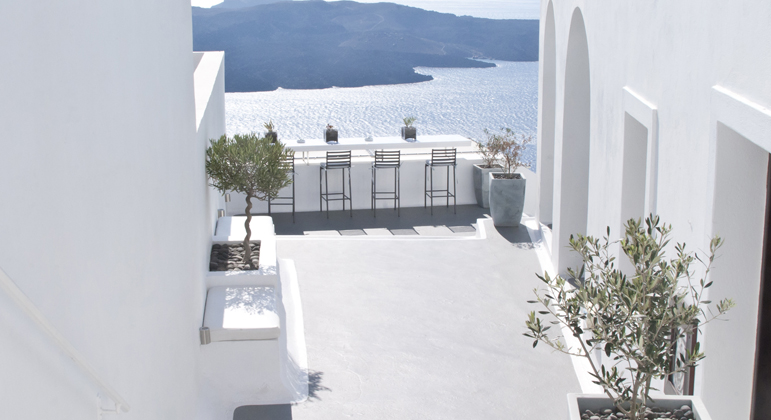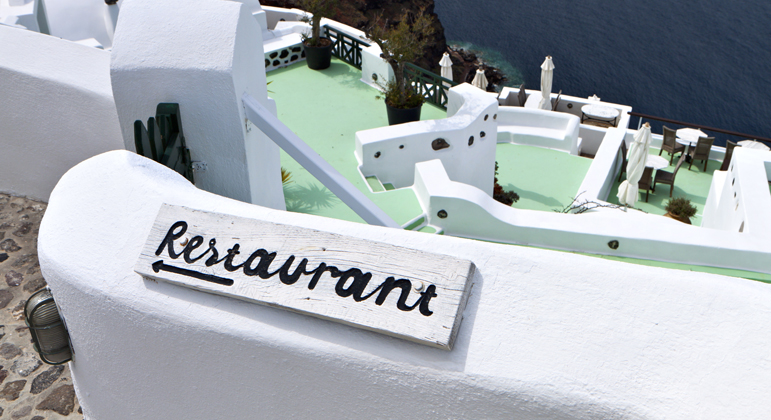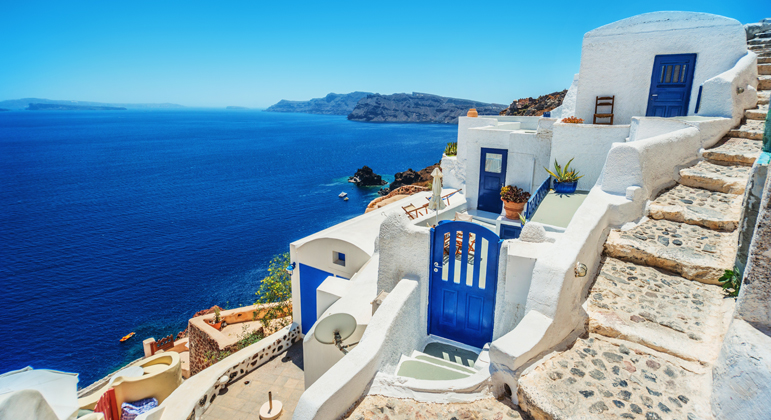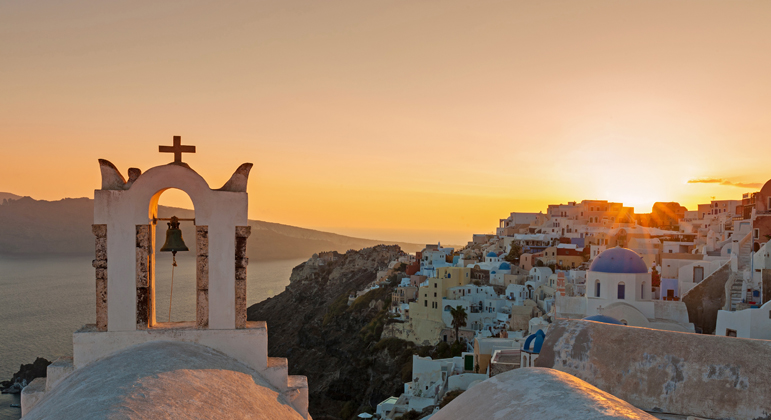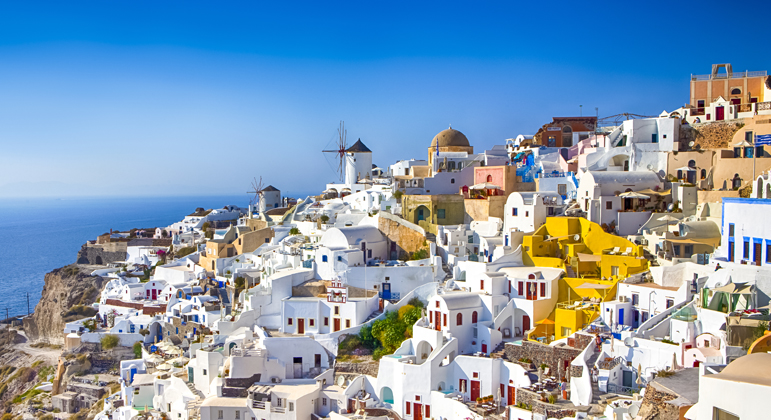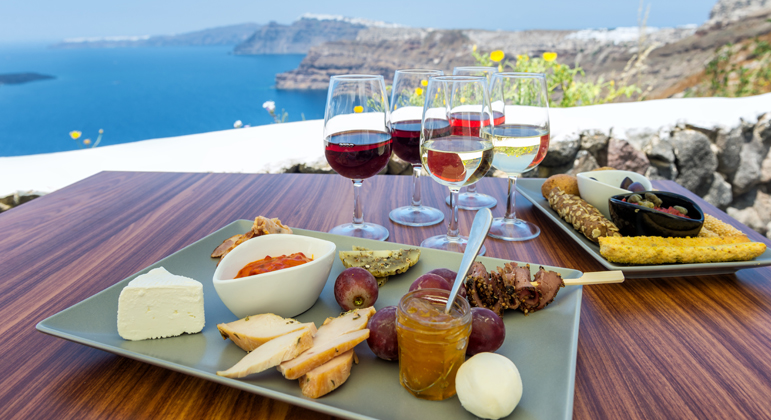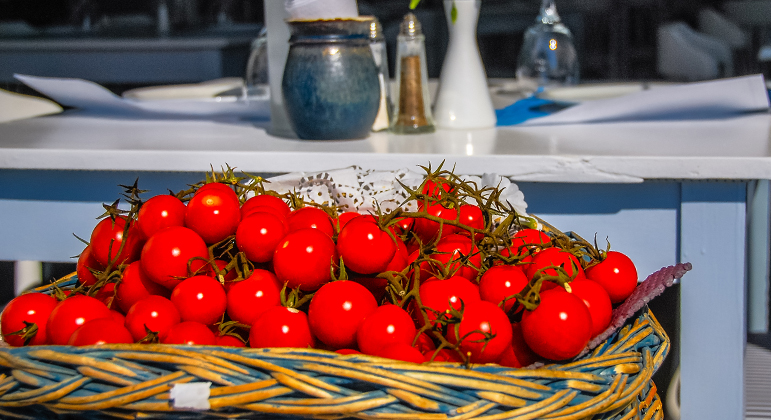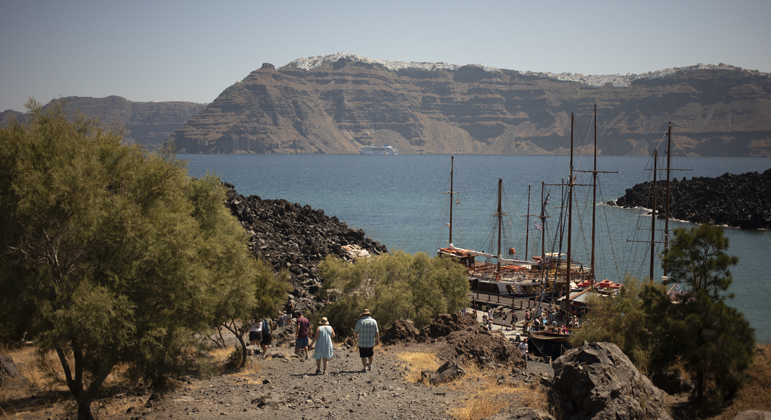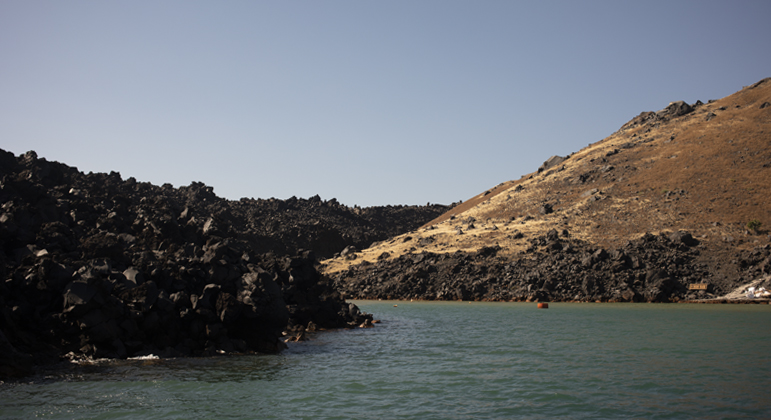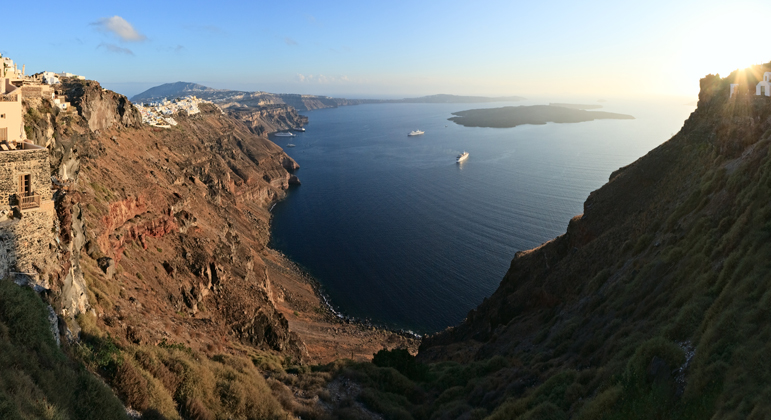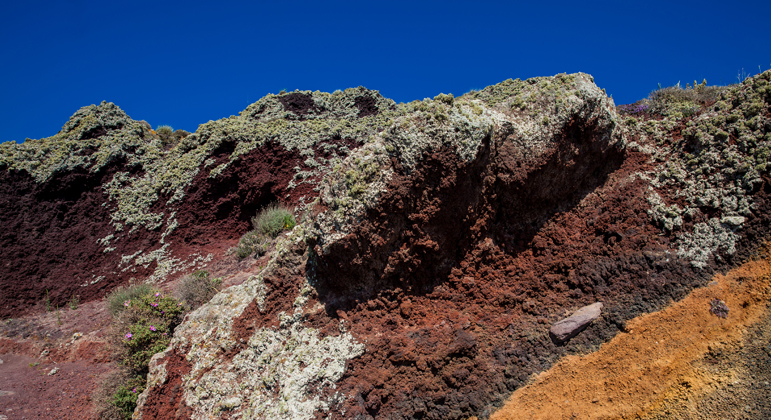Santorini Is Simply Spectacular
Few islands have the power to captivate the way Santorini does. Gorgeous and cosmopolitan, it’s famous for that classic Greek island look with white painted houses clustered along narrow winding lanes, perched atop reddish-black volcanic cliffs that tumble down more than a thousand feet to the wide caldera. It’s easy to see how this island, the pearl of the Cycladic archipelago, can lay claim to being the source of the legend of Atlantis, either. Santorini, or “Thera” in Greek, is most celebrated for the dramatic views of its volcanic caldera, formed during a massive eruption around 1646 B.C. That eruption shook up the island—making its center actually collapse—but also created some of the most spectacular scenery in the world.
Amazing excursions carefully curated

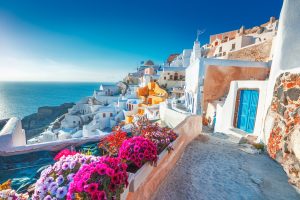 Santorini
Santorini 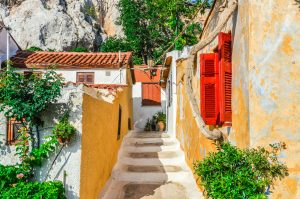 Athens
Athens 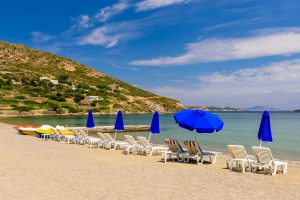 Patmos
Patmos  Istanbul
Istanbul 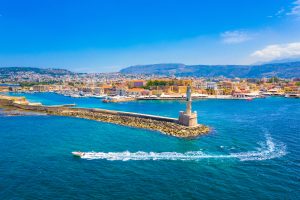 Crete
Crete 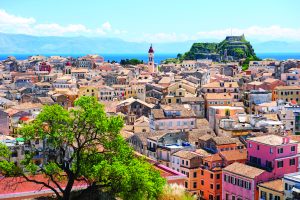 Corfu
Corfu 






 Deutschland (€)
Deutschland (€)
 Turkey (€)
Turkey (€)

